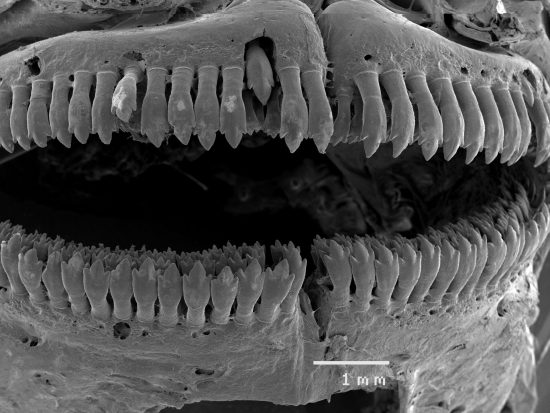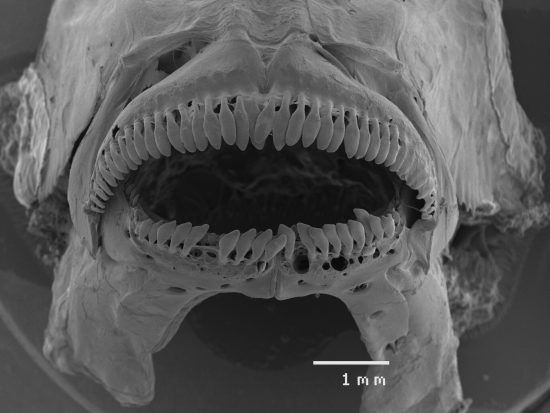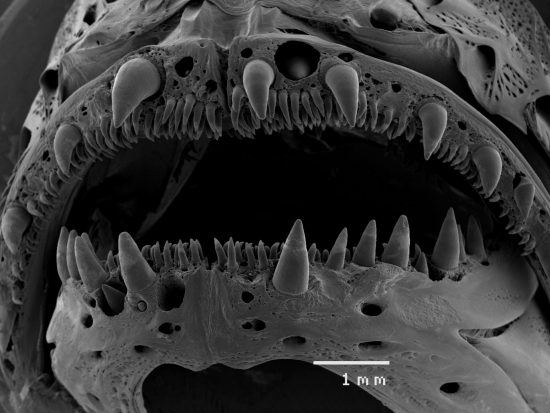




Distant fish relatives evolve to look like one another
Scientists from James Cook University (JCU) have found evidence that distantly related Australian fish species have evolved to look and act like each other, thus confirming a central tenet of evolutionary theory.
Dr Aaron Davis from JCU’s Centre for Tropical Water and Aquatic Ecosystem Research said the phenomenon, known as convergent evolution, occurs when different fish adopt similar lifestyles and evolve through time to look very similar.
Convergent evolution is one of the fundamental predictions of evolutionary theory.
Using techniques like scanning electron microscopy and x-ray imaging to investigate species’ bodies and feeding mechanisms, the research identified significant convergence in body form between Australian freshwater terapontid grunters and several distantly related marine fish families separated by 30 to 50 million years of evolution.
“The study highlighted some really striking similarities in characteristics like tooth and jaw structure and body shape between Australian freshwater grunters and several other marine fish families when they share feeding habits,” said Dr Davis.
According to Dr Davis, Australia’s freshwater fish are quite unique – due to their geographic isolation from other continents, there are not many freshwater fish families that those seen elsewhere. As a result, most of the freshwater fish have evolved from invasive marine fish groups that have adapted to the Australian freshwaters over millions of years.
This actually makes Australian freshwater fish an ideal test subject for theories involving evolution and the role of factors like habitat, diet and competition in shaping evolutionary processes.
“It matches our expectations regarding evolution, but we haven’t seen this process documented at such broad habitat and time scales all that frequently, so it’s quite exciting,” said Dr Davis.
See a link to the study here
 Herbert
Herbert 21st June 2017
21st June 2017